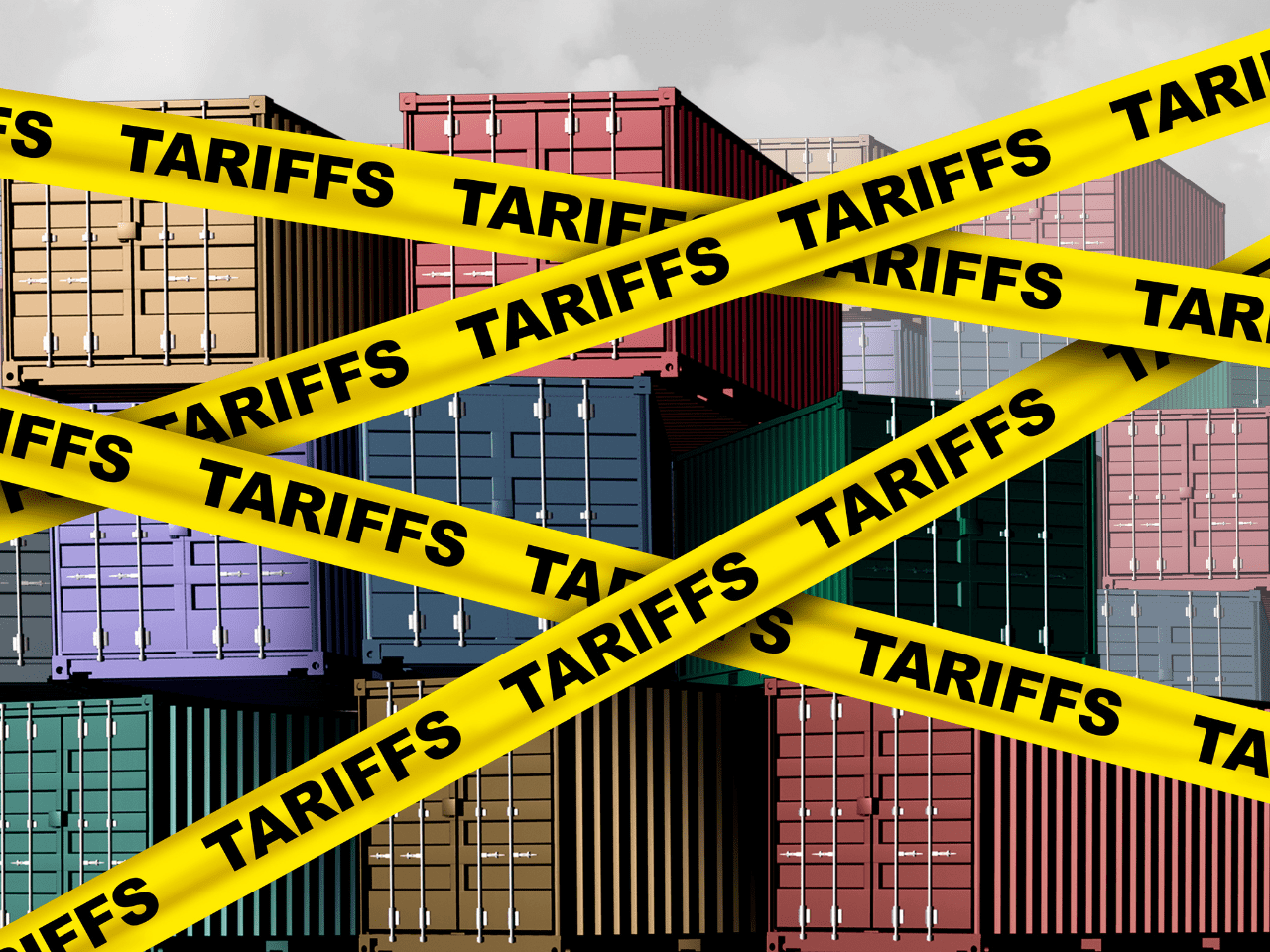When the Intergovernmental Panel on Climate Change (IPCC) released its sixth assessment report in August 2021, few people were expecting good news. But its confirmation that the Earth is likely to reach and surpass the critical 1.5˚C benchmark by or before 2052 made many people realise once and for ever that we are facing a truly existential crisis.
As so often when the worst happens, however, the very bleakness of the news brought with it clear glimmers of hope. For it has also inspired many businesses, bodies and individuals to do everything they can to avert disaster.
A plan for positive action
One of these bodies is the World Economic Forum’s (WEF) global real estate CEO community, which at the tail end of last year published “Green Building Principles: The Action Plan for Net-Zero Carbon Buildings”, outlining the 10 actions that organisations of any size can do now to reduce their environmental impact.
This was particularly significant because, as the IPCC report stated, a massive 38% of the emissions generated by human activities comes from buildings – 28% from operations and 10% from materials and construction.
This is why the WEF’s Green Building Principle 7 advises organisations to: ‘Ensure 100% of offsite energy [i.e., that which your organisation does not generate itself] is procured from renewable-backed sources’.
This advice emphasises how Achilles can help procurement professionals across the world maximise the opportunities facing their organisations to reach net zero, by or before their own self-imposed deadlines, by sourcing renewable energy sources for infrastructure projects.
Worldwide supplier network
We have an extensive global network of outstanding suppliers operating in multiple areas including infrastructure, construction, design, materials manufacturing, renewable energy and much, much more. As a result, we can help businesses everywhere identify and appoint the suppliers who can have the greatest positive impact on their own emissions in multiple ways, starting with enabling them to source renewable energy.
But this is only one area in which our services are closely aligned with the Green Building Principles action plan. That’s because we can also directly help businesses reduce their carbon emissions, including those classified as Scope 3 (or ‘value chain’) emissions.
Practical, achievable goals
Principle 3 of the Green Building Principles, reads ‘Measure and record embodied carbon’, while Principle 4 says ‘Reduce embodied carbon’, which can be defined as emissions produced to construct, transport and assemble materials for a building.
Then there is that essential area of Scope 3 emissions – those caused by all the businesses in their supply chain – which for many organisations can account for up to 90% of their total carbon footprint. How to measure and report on these emissions is one of the most challenging issues facing environmental and procurement professionals today.
Our Carbon Reduce certification programme enables businesses to do precisely this – helping you report on the data needed to set the practical, achievable goals that will enable you to reduce emissions. We can also provide an independent audit that verifies your result is both accurate and complete, as well as providing you with optional carbon credits that you can select to offset your emissions.
Urgency is critical
Knowing that such opportunities to control, reduce and offset carbon emissions is comforting to some, but it should only be of comfort if sufficient numbers of organisations are using them. As the WEC report says: ‘urgency is critical, and all stakeholders have a role to play in making the built environment more sustainable.’
Want to learn more? Let’s talk – get in touch today.


